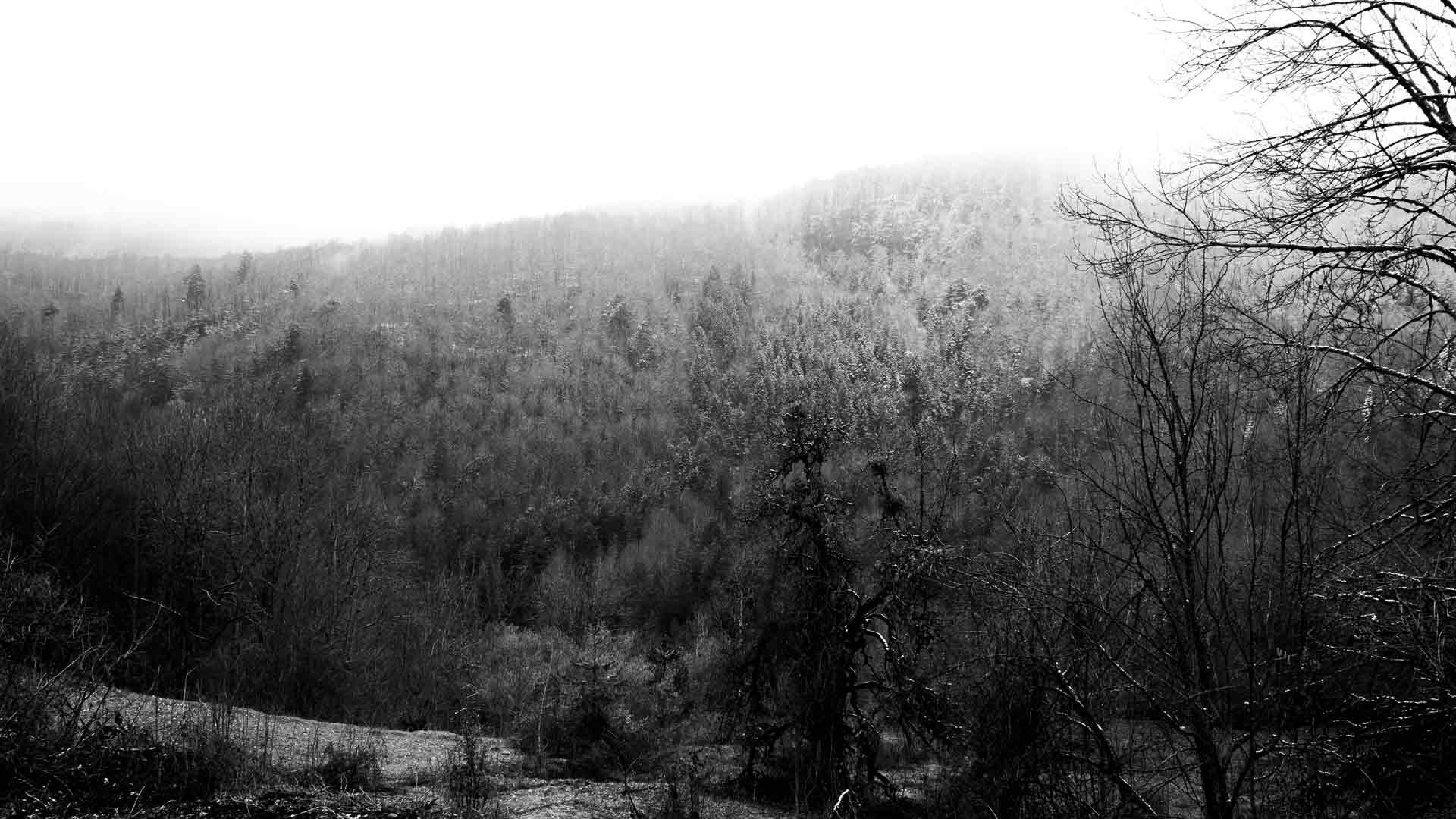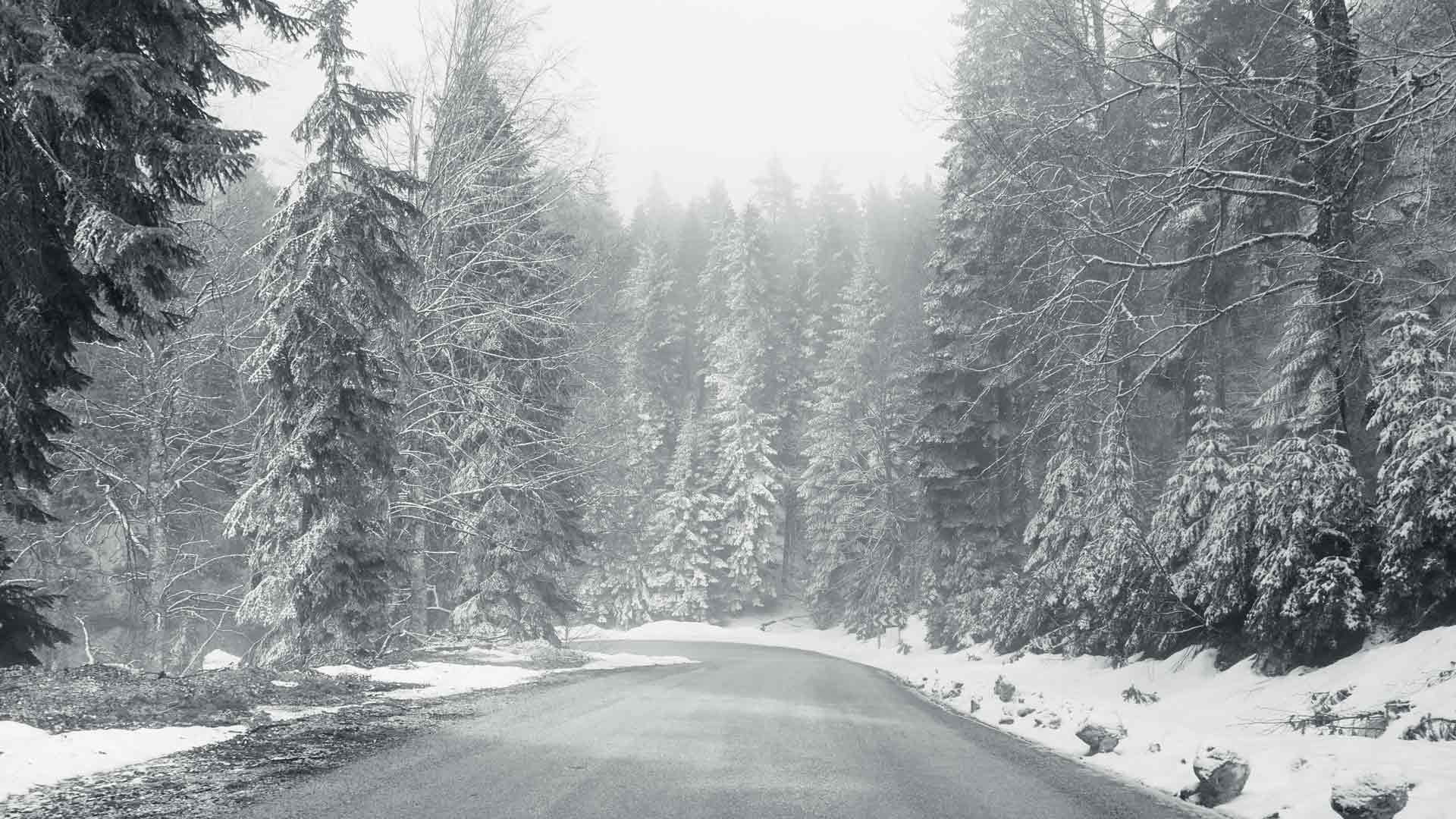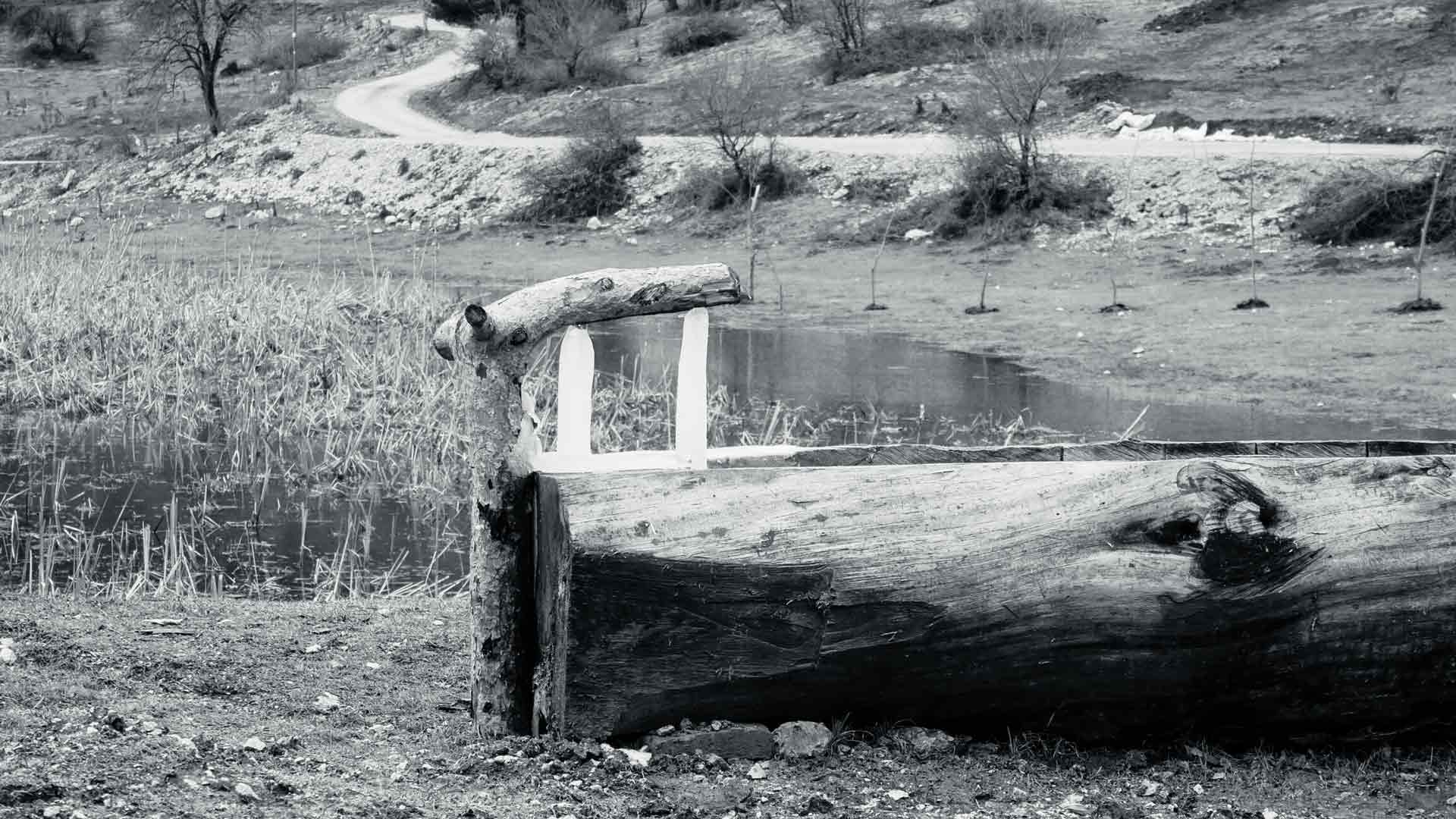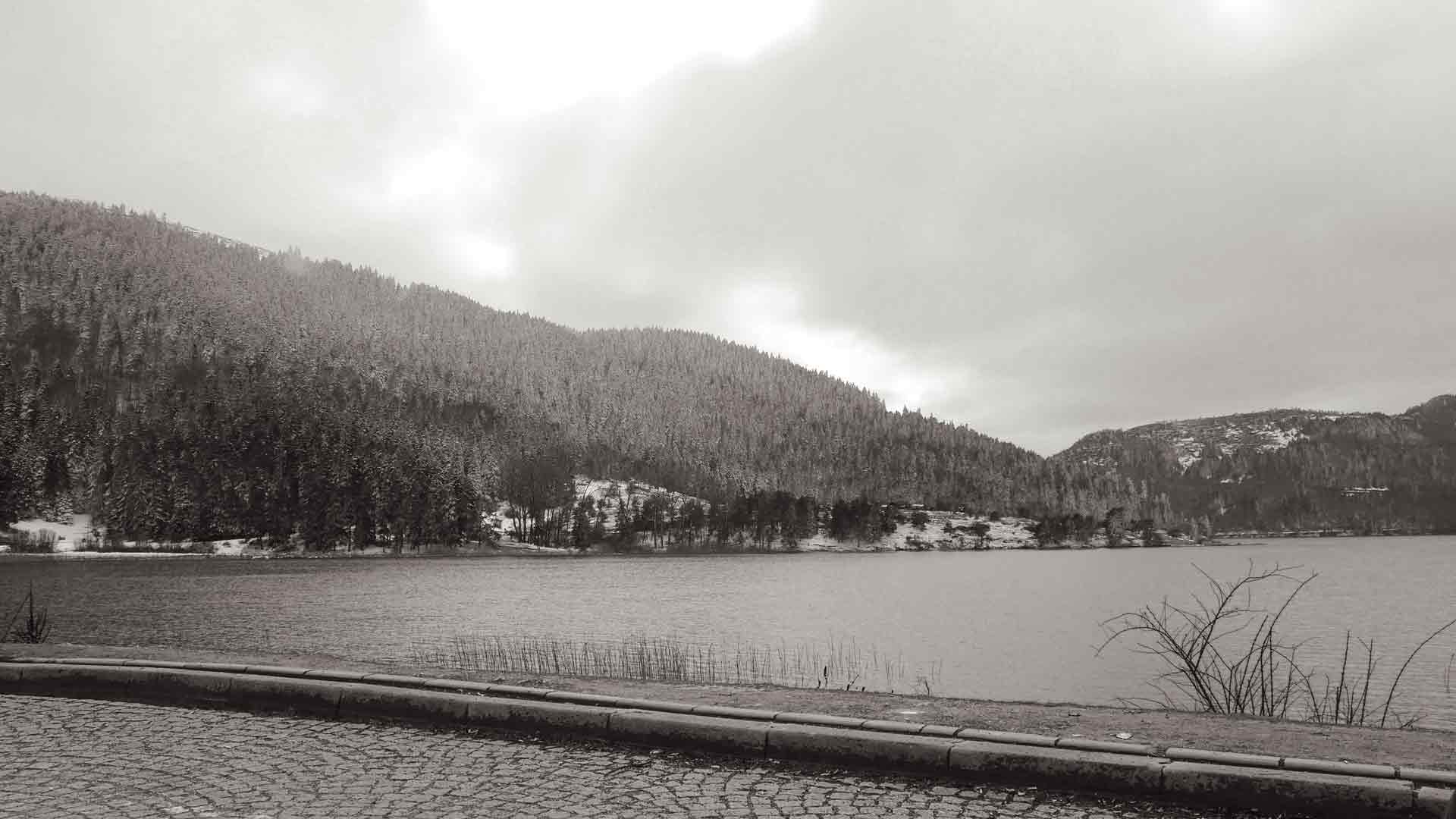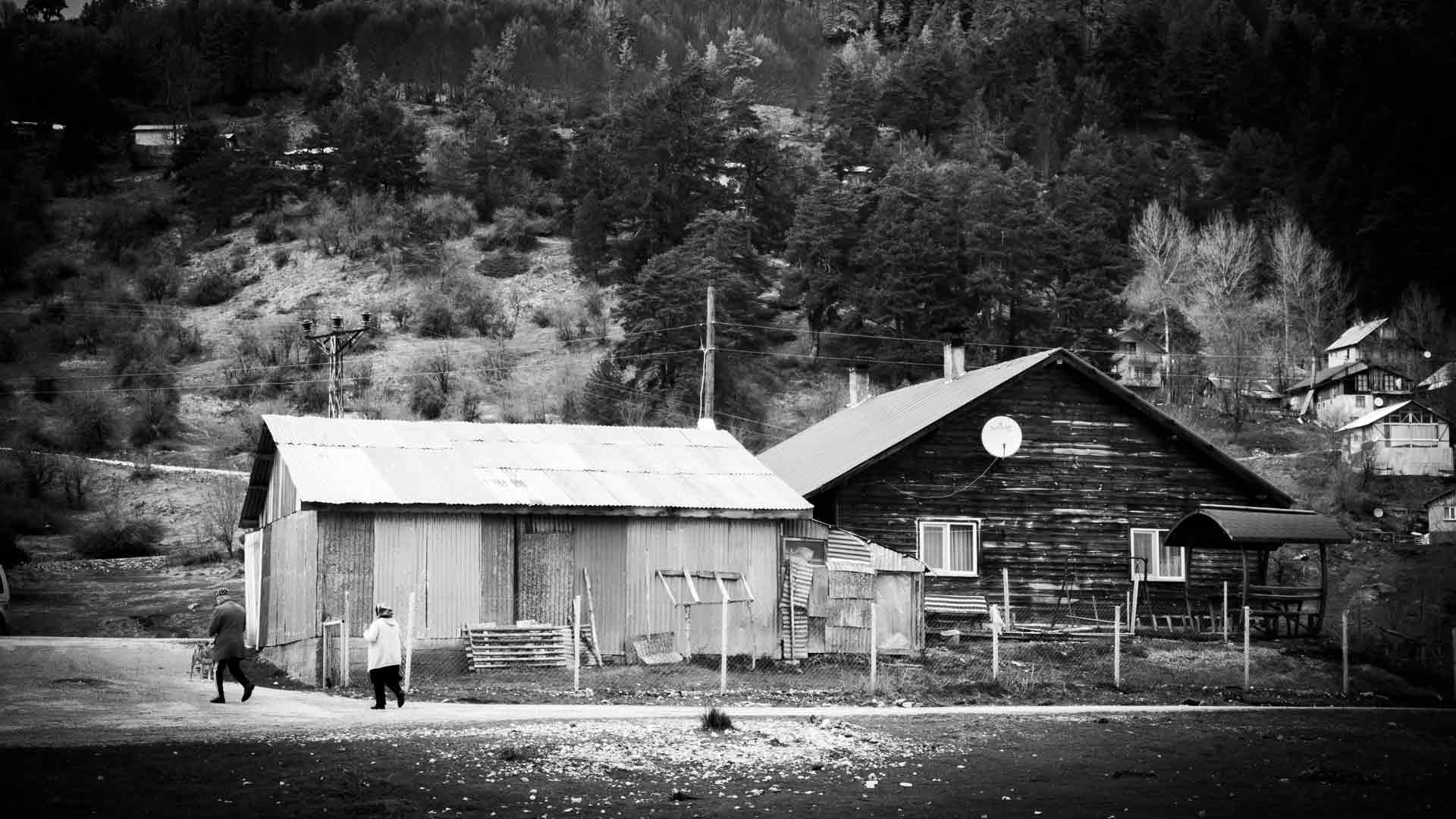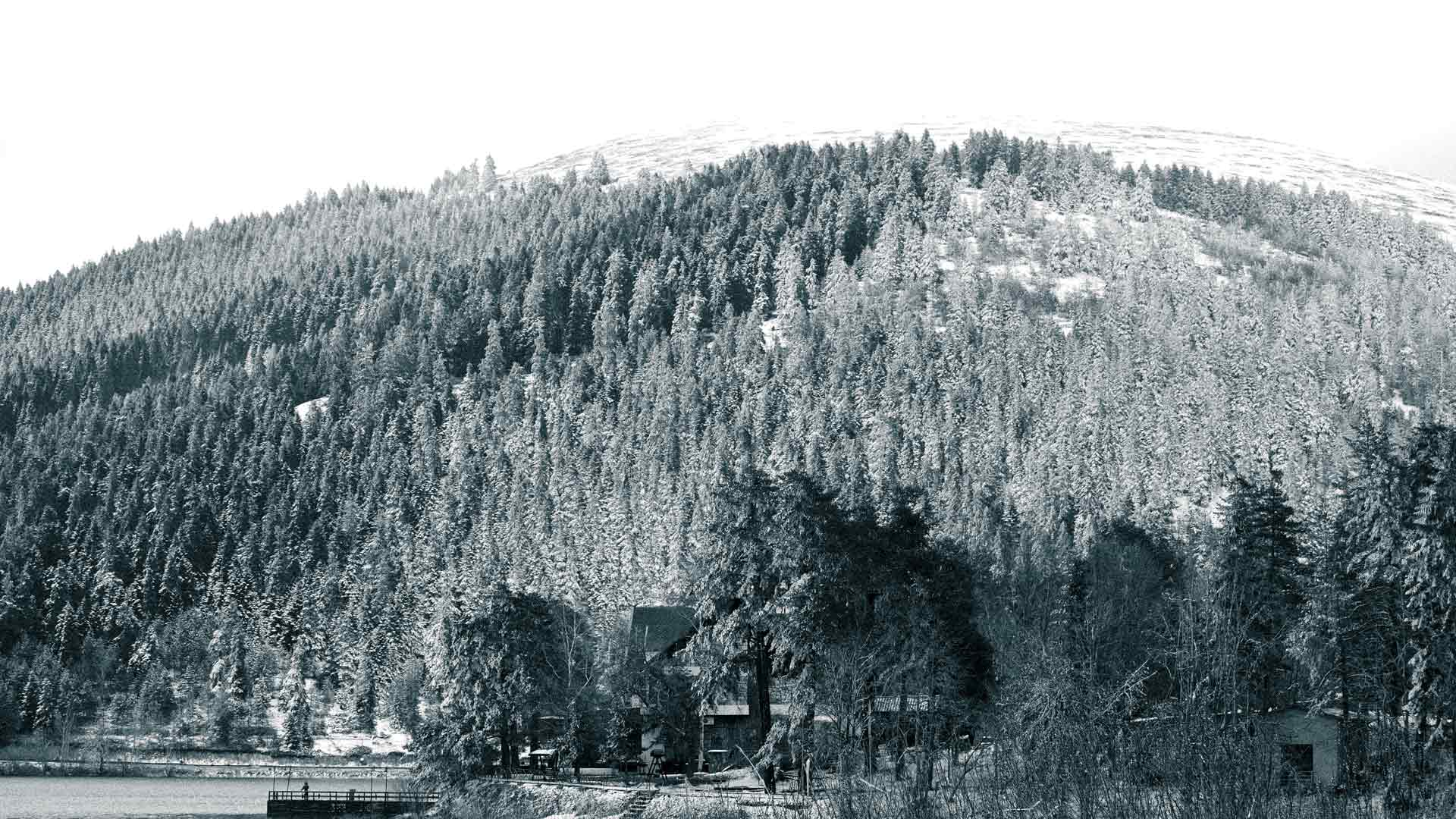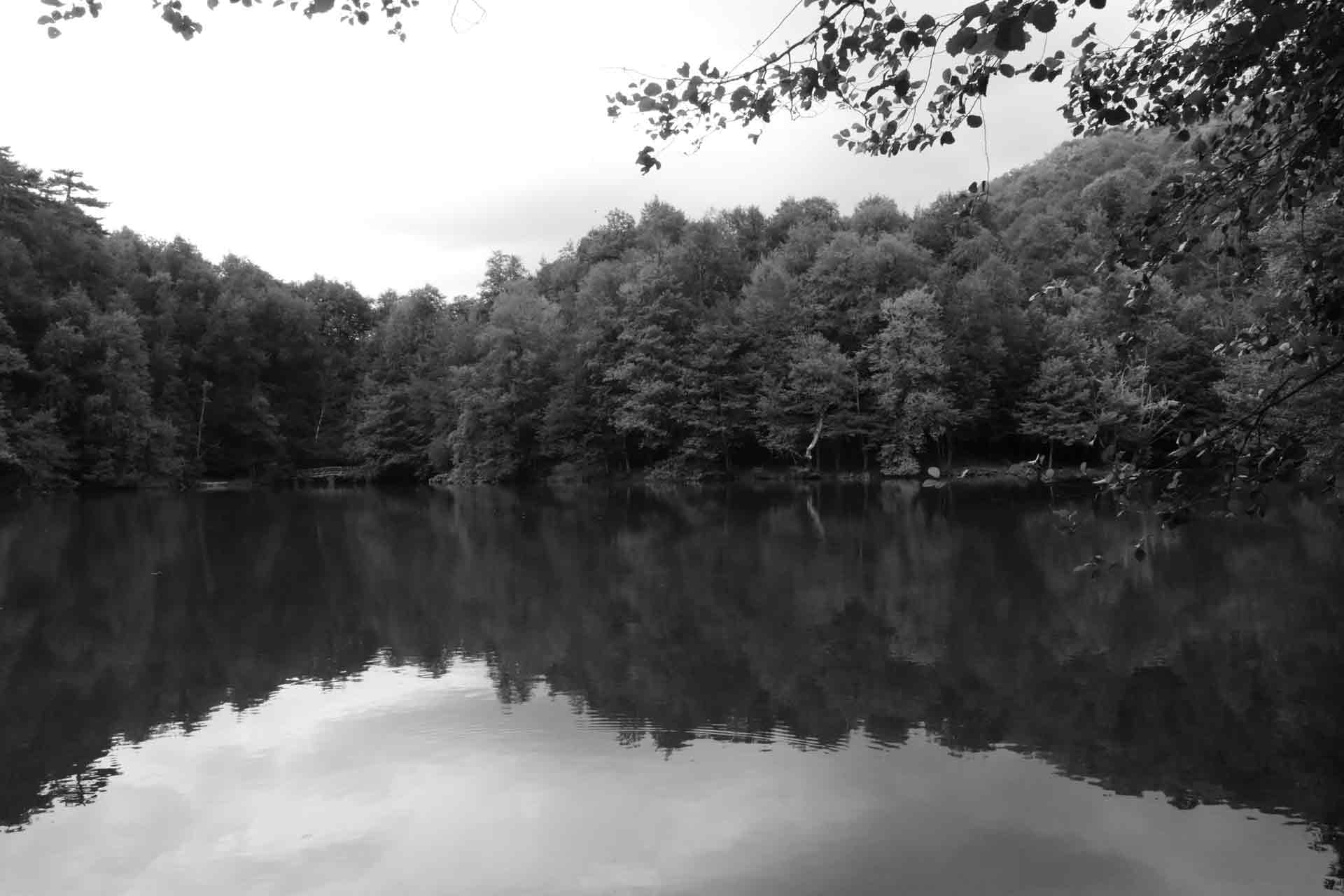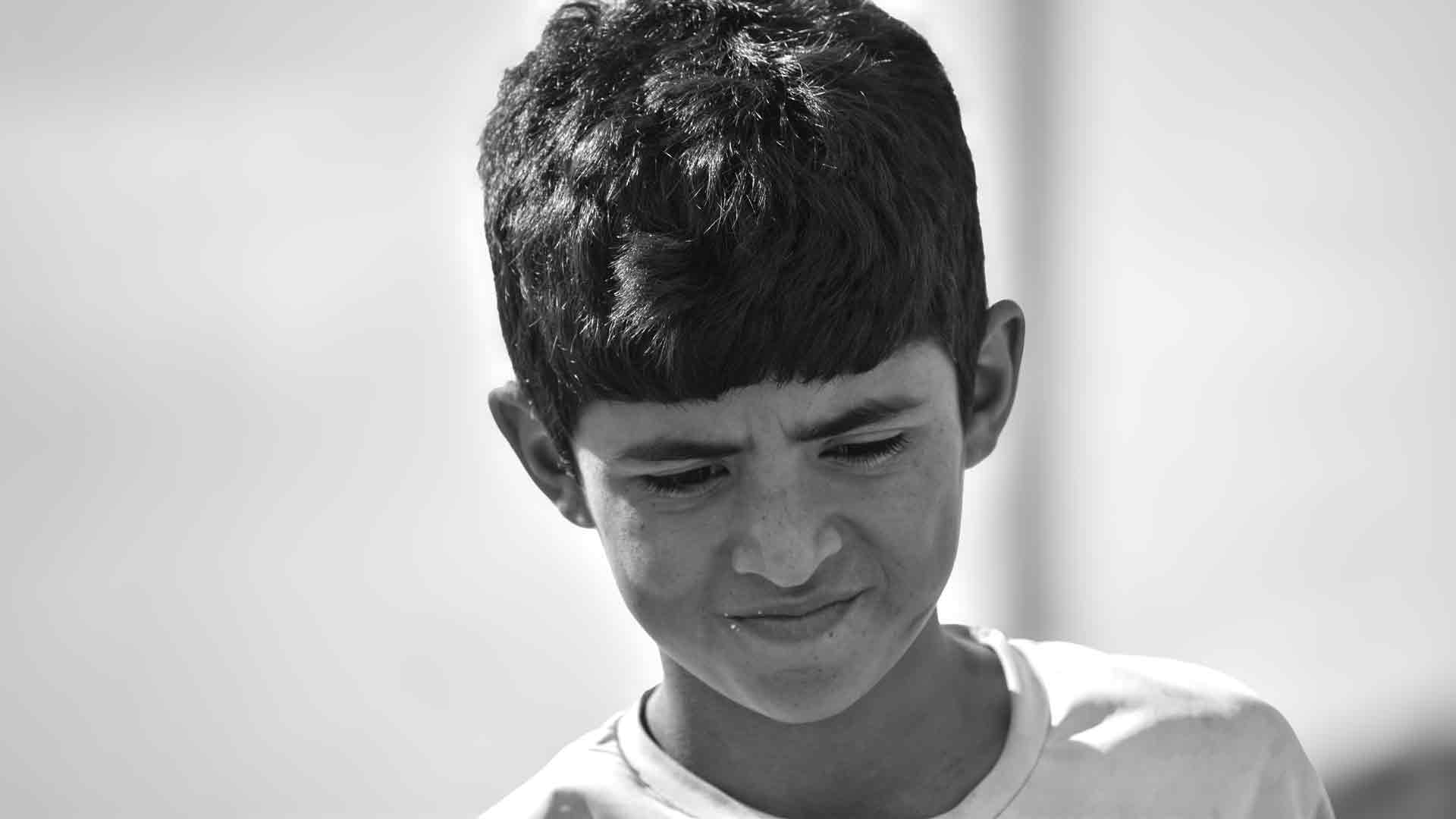Here’s a roadmap to creating your own chilling horror film:
Concept and Pre-Production:
Brainstorm Ideas: What scares you? What kind of horror story do you want to tell? Is it a psychological thriller, a monster movie, a supernatural haunting, or something else entirely?
Develop a Story: Craft a compelling narrative with a clear beginning, middle, and end. What is the conflict your characters face? How will they be challenged and terrified?
Write a Script: Flesh out your story with a detailed script that includes dialogue, scene descriptions, and character development. Even a low-budget film can benefit from a strong script.
Plan and Budget: Horror films can be effective on a low budget. Identify your resource limitations and plan accordingly. Consider locations, special effects (if any), cast and crew needs, and equipment rentals.
Gather Your Team (Optional): Depending on the scale of your project, consider recruiting friends or collaborators with filmmaking skills like cinematography, sound design, and acting.
Production:
Filming:
Location Scouting: Find atmospheric locations that fit your story’s tone. Consider creepy forests, abandoned buildings, or isolated settings.
Lighting and Sound: Utilize lighting techniques to create suspense and shadows. Sound design is crucial in horror films – use sound effects and music to build tension and punctuate scares.
Practical Effects: For a low-budget film, consider practical effects like makeup or prosthetics to create monsters or gory elements.
Performance: Direct your actors to portray fear and vulnerability convincingly. Encourage them to improvise within the established framework to add a sense of realism.
Post-Production:
Editing: The editing process is where you bring your film to life. Pace the scenes effectively to build tension and suspense. Use jump scares sparingly and focus on creating a sense of dread and unease.
Sound Design and Music: Incorporate a chilling soundscape and haunting music to further immerse viewers in the horror.
Special Effects (Optional): If you have access to special effects software, use it judiciously to enhance your film. Remember, practical effects can be just as effective on a low budget.
Distribution (Optional):
Film Festivals: Submit your horror film to relevant genre festivals for exposure and potential recognition.
Online Platforms: Platforms like YouTube or Vimeo can be used to share your film and potentially monetize it.
Tips and Considerations:
Draw Inspiration: Watch classic and contemporary horror films to understand what makes them effective. Analyze their use of suspense, atmosphere, and scares.
Build Atmosphere: Create a sense of unease from the beginning. Use sound design, lighting, and foreshadowing to hint at the horror to come.
Don’t Rely Solely on Jump Scares: While jump scares can be effective, a good horror film relies on building tension and suspense throughout.
Focus on Characters: Develop characters that the audience cares about. Seeing them threatened raises the stakes and makes the scares more impactful.
Remember, creating a successful horror film hinges on a good story, a creepy atmosphere, and the ability to scare your audience. With creativity, resourcefulness, and a dedication to the genre, you can craft a chilling film that lingers long after the credits roll.
